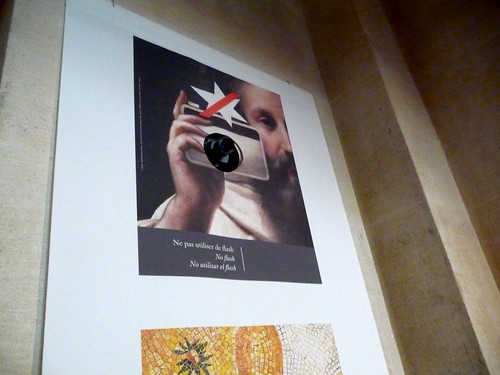Privacy Watchdogs and Transparency
Posted: April 21st, 2010 | No Comments »The CNIL, an independent administrative authority protecting privacy and personal data in France recently gave an indulgent opinion on the RATP (the major transit operator responsible for public transportation in Paris) exploitation of billboards that measure their audience with video images (see Dispositifs d’analyse du comportement des consommateurs : souriez, vous êtes comptés !). The commission in charge of the matter suggested a “risk of individual tracking”, but their technical investigation insured that the data collected where rightfully anonymized and neither recorded nor disclosed to third parties, nor even seen by different providers. Their analysis also covered the exploitation of the data emitted by mobile phones to estimate people frequentation of certain areas and came to the conclusion that their encryption processes used were irreversible therefore ensuring anonymity.
The technical understanding of watchdog institutions is utterly precious to aliment and frame the debate on the exploitation of digital footprints. However, this news made me wonder whether the methods of the CNIL are not eventually counter-productive. Indeed its technical analysis of the matter is opaque and the measures not clearly formulated, raising speculations on its partisanship and seriousness. The lack of details on the types of data collected, the algorithms and anonymization process deployed by RATP forces citizens to depend on the sole CNIL to defend their rights.
In the days of sensors and crawlers intertwined with digital services, every single algorithm and data source that touch the common good should be scrutinized (like we do for every element of society). Nevertheless, I would argue that the different actors – including watchdogs – should contribute as part of a transparent process with an accountable set of rules. In this society made of multiple “oligopticons”, the concern is not only to make things visible (as argued for the panopticon), but rather to continue dealing the the opacity of information and politics (see In my World Information City Doggie Bag)
Why do I blog this: Keeping track of the evolution of the debate on the fair use of digital footprints (see The Application and Management of Personal Electronic Information).

Camera embedded in a poster in Le Louvre, Paris.

